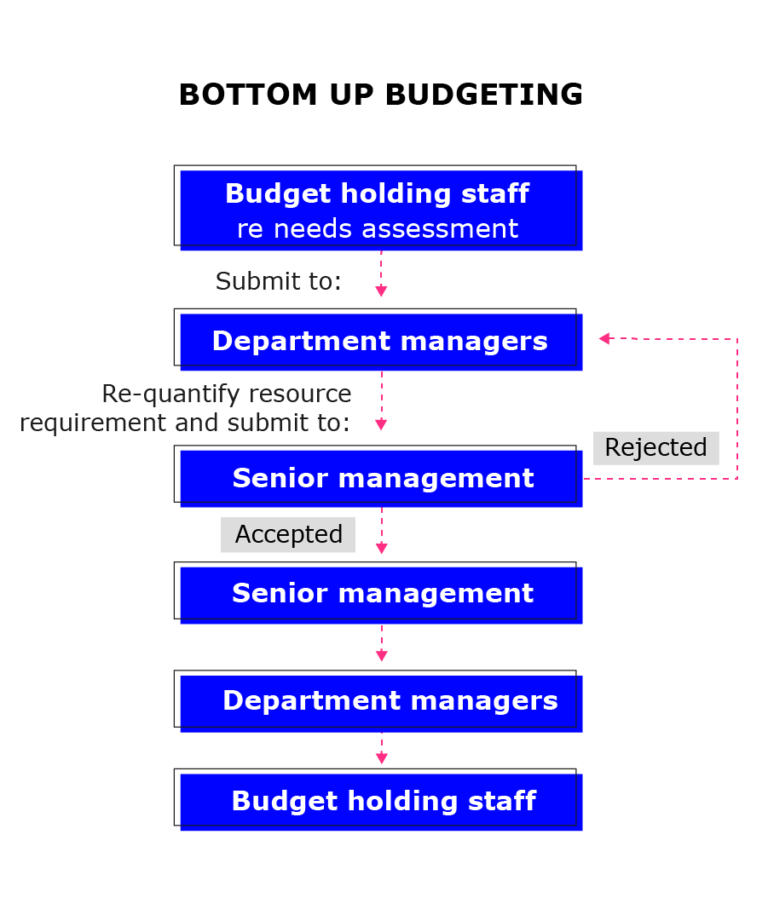Home / Business & Management / Big Data & Analytics / Financial Analysis for Business Performance: Planning, Budgeting, and Forecasting / 7 different approaches to budgeting
This article is from the free online
Financial Analysis for Business Performance: Planning, Budgeting, and Forecasting


Reach your personal and professional goals
Unlock access to hundreds of expert online courses and degrees from top universities and educators to gain accredited qualifications and professional CV-building certificates.
Join over 18 million learners to launch, switch or build upon your career, all at your own pace, across a wide range of topic areas.









